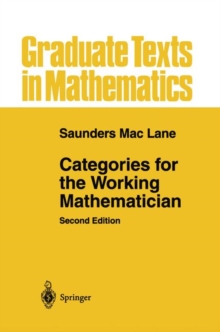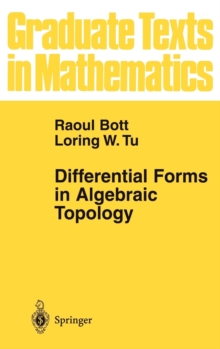
Description
This book is a thorough introduction to linear algebra, for the graduate or advanced undergraduate student.
Prerequisites are limited to a knowledge of the basic properties of matrices and determinants.
However, since we cover the basics of vector spaces and linear transformations rather rapidly, a prior course in linear algebra (even at the sophomore level), along with a certain measure of "mathematical maturity," is highly desirable.
Chapter 0 contains a summary of certain topics in modern algebra that are required for the sequel.
This chapter should be skimmed quickly and then used primarily as a reference.
Chapters 1-3 contain a discussion of the basic properties of vector spaces and linear transformations.
Chapter 4 is devoted to a discussion of modules, emphasizing a comparison between the properties of modules and those of vector spaces.
Chapter 5 provides more on modules. The main goals of this chapter are to prove that any two bases of a free module have the same cardinality and to introduce noetherian modules.
However, the instructor may simply skim over this chapter, omitting all proofs.
Chapter 6 is devoted to the theory of modules over a principal ideal domain, establishing the cyclic decomposition theorem for finitely generated modules.
This theorem is the key to the structure theorems for finite dimensional linear operators, discussed in Chapters 7 and 8.
Chapter 9 is devoted to real and complex inner product spaces.
Information
-
Download - Immediately Available
- Format:PDF
- Publisher:Springer New York
- Publication Date:09/03/2013
- Category:
- ISBN:9781475721782
Other Formats
- Hardback from £50.99
- PDF from £37.39
Information
-
Download - Immediately Available
- Format:PDF
- Publisher:Springer New York
- Publication Date:09/03/2013
- Category:
- ISBN:9781475721782










